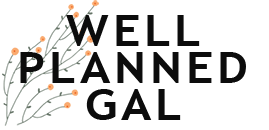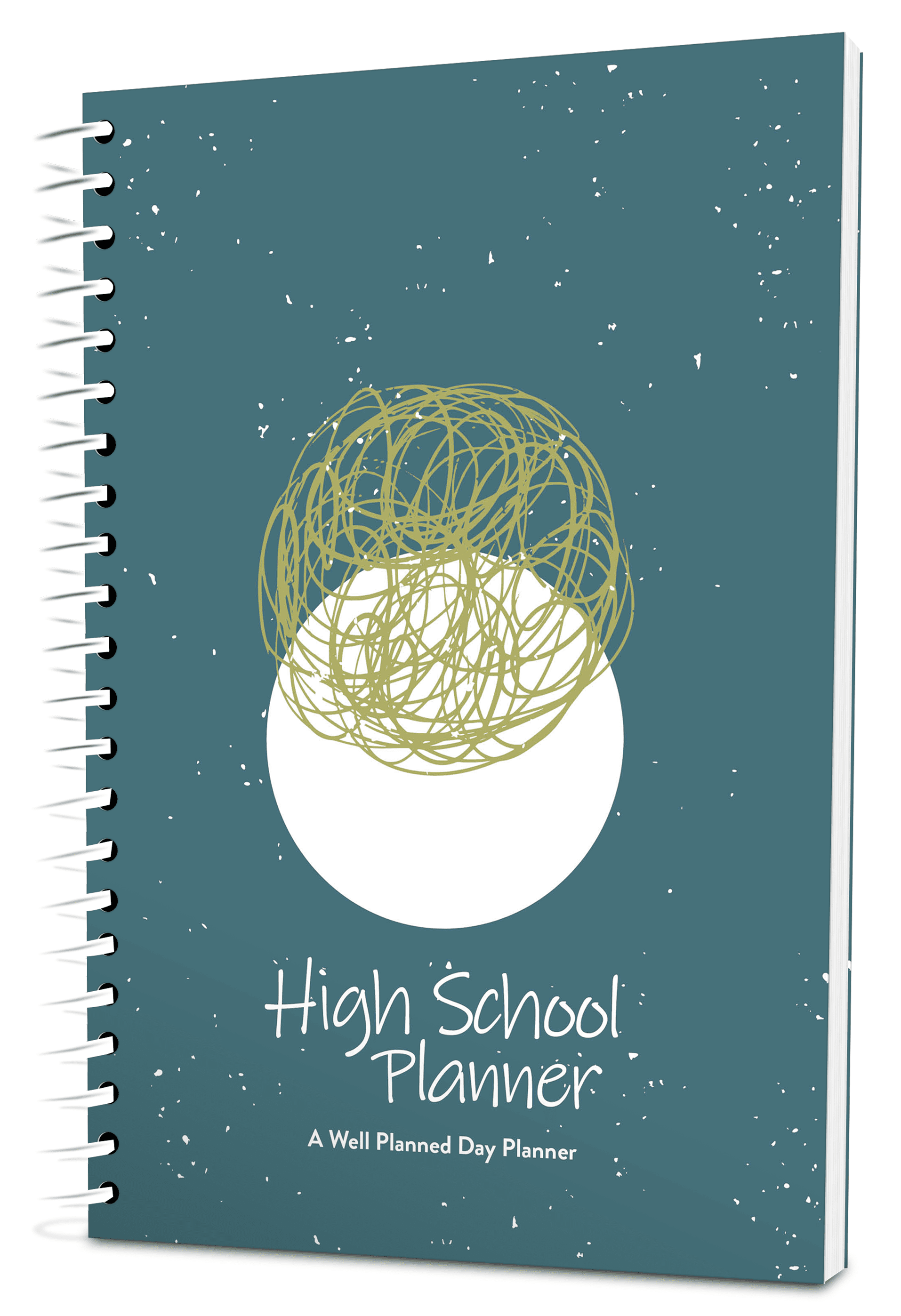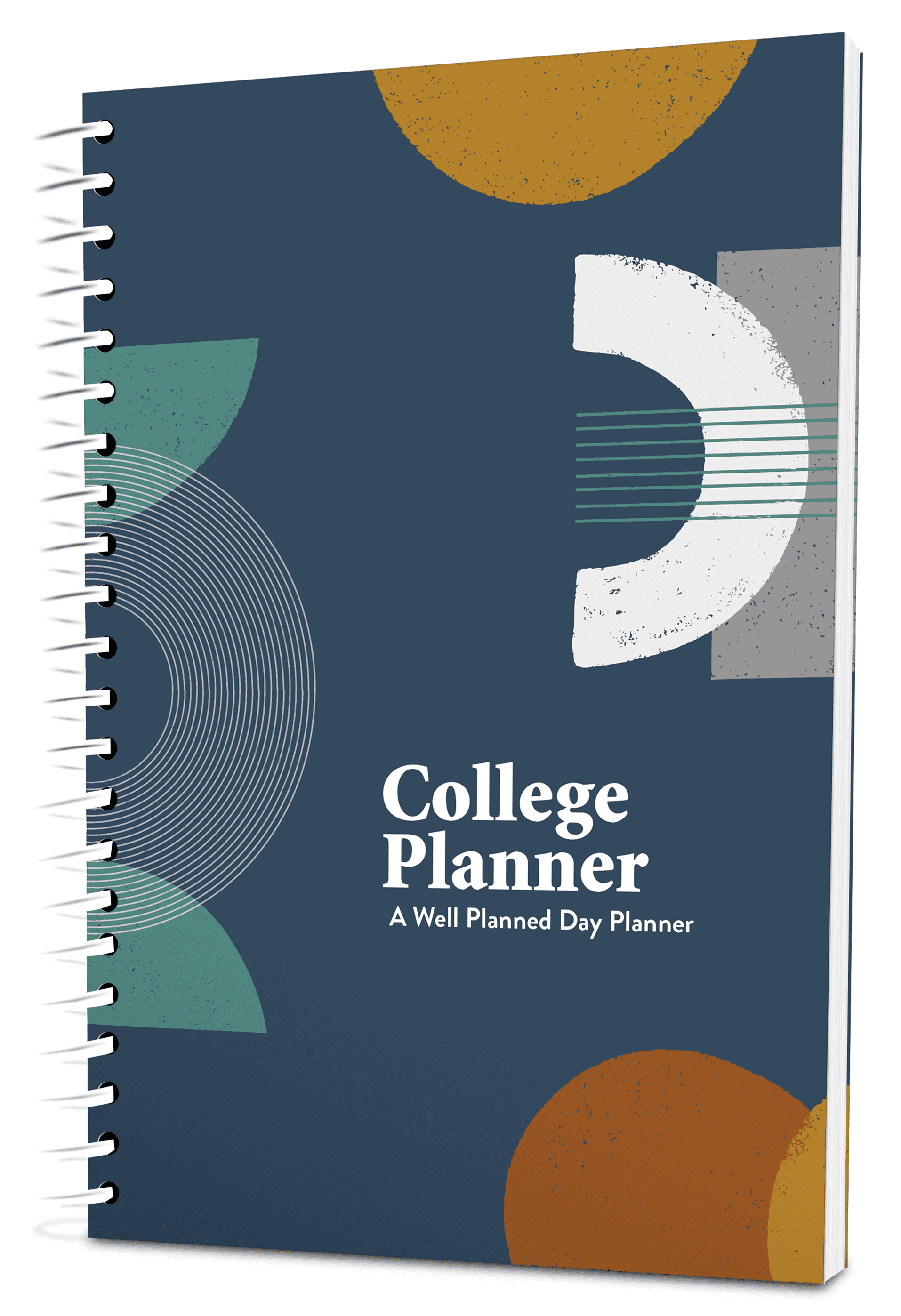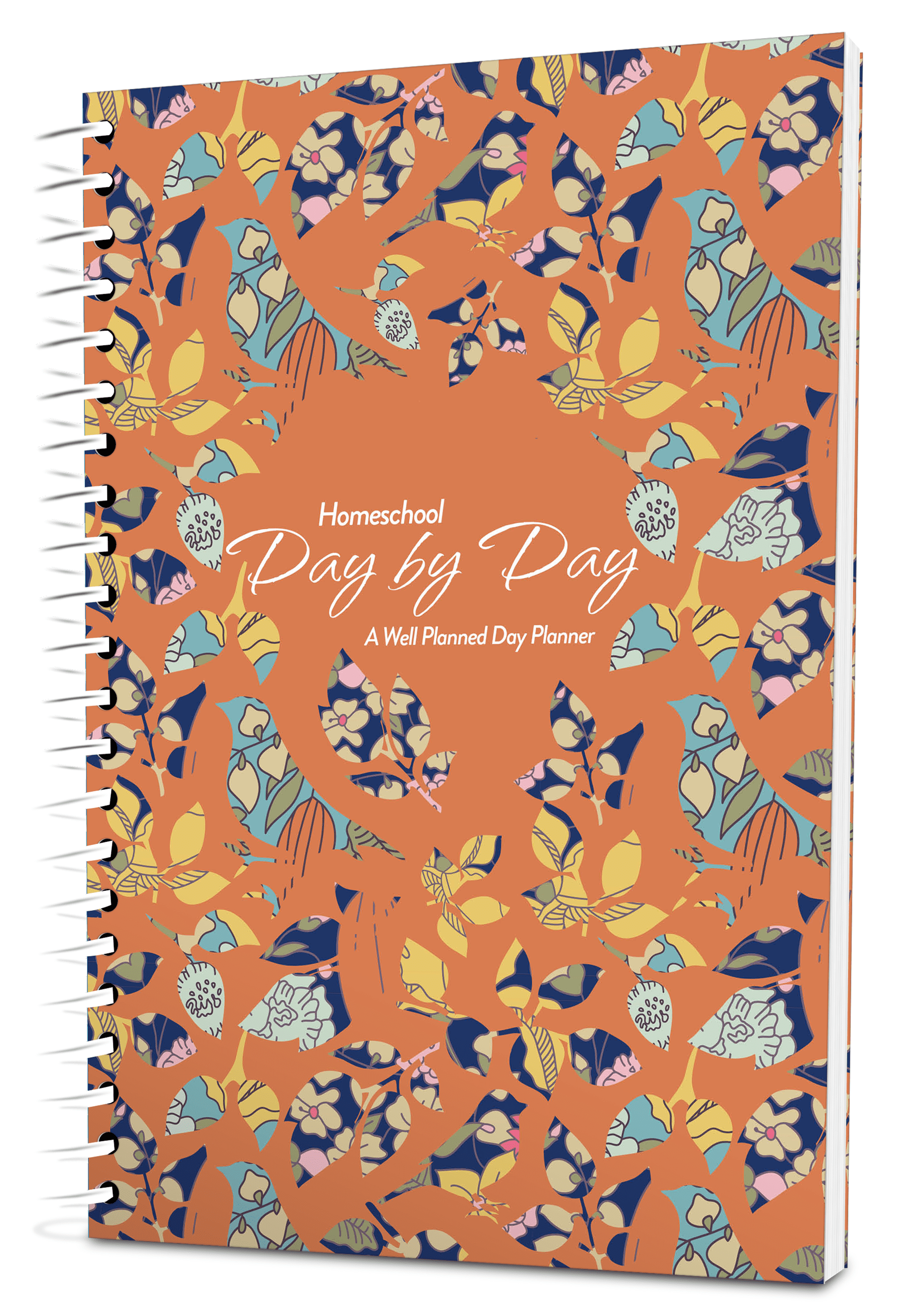What Are Teaching Methods?
One of the greatest benefits to homeschooling is the ability to teach your children in a way and at a pace that works best for them. There are as many ways to do this as there are homeschooling families, but many homeschoolers follow one of the following popular teaching methods: Charlotte Mason, traditional, classical, online or computer-based, eclectic, and unschooling.
Points to Ponder
Here is a brief summary of each of these common homeschool teaching methods:
Charlotte Mason
Charlotte Mason was a 19th-century educator who advocated developing the soul and spirit of a child. The belief that children learn best from first-hand, real-life situations is central to this literature-based method. The Charlotte Mason method uses short lessons, encourages the reading of “whole books,” and emphasizes skills such as narration and copywork.
Traditional
Sometimes called “school-at-home,” this approach simulates the traditional school classroom. Textbooks and workbooks are often emphasized, with students learning each subject separately from a grade-level curriculum and taking traditional tests. Homeschools using this method often follow a strict school schedule.
Classical
A classical approach to homeschooling includes reading great works of literature and studying rhetoric and logic. The classical approach is based on the Trivium, a method of teaching children according to the phases of a child’s cognitive development, called concrete, analytical, and abstract. Classical education is primarily language-focused and literature intensive.
Computer
Current technology allows students to use a variety of computer and online options for schooling. Curriculum can be purchased on DVD or downloaded for use at home, or students can take a variety of online courses from teachers all over the world.
Eclectic
Eclectic homeschoolers use a variety of approaches and curriculum, choosing whatever works best for their family and each individual child. An eclectic homeschooler might use curriculum from one publisher for one subject, and curriculum from another for a different subject, or even use various curricula for each subject from different publishers for each child.
Unschooling
Unschooling is sometimes called “child-led learning” or “natural learning.” It is student-directed, rather than teacher-directed. Textbooks, tests, and strict schedules are generally avoided. Unschoolers are encouraged to follow their personal interests.
A Few More Thoughts
Your choice in teaching method is entirely your own. Select the one that works best for you and your family, rather than choosing one just because a friend or family member uses it. And if you find that the method you are using isn’t working for your family, don’t be afraid to switch to something more compatible.














